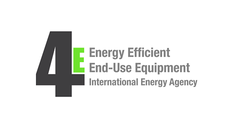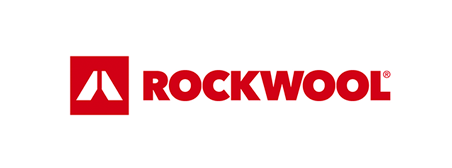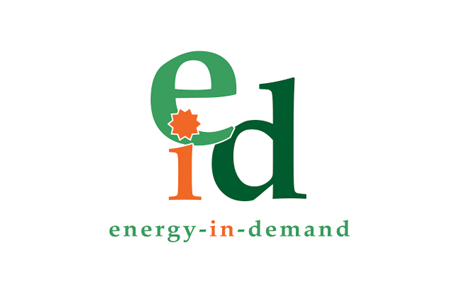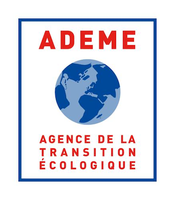Search eceee proceedings
Energy efficiency auctions: a deep dive into the auction design
Panel: 3. Policy, finance and governance
Authors:
Vasilios Anatolitis, Fraunhofer Institute for Systems and Innovation Research ISI, Germany
Barbara Schlomann, Fraunhofer Institute for Systems and Innovation Research ISI, Germany
Abstract
Market-based instruments (MBIs) for energy efficiency (EE) have started to gain traction in the EU and worldwide. So far, the two most commonly applied MBIs are energy efficiency obligation schemes (EEOSs) and auctions. While EEOSs have already a long track record, EE auctions are a rather emerging policy instrument. Thus, the existing literature focuses mostly on the comparison between EEOSs and auctions. Most studies of EE auction design are conducted on the country level, while general analyses on the impact of design choices are scarce.
Our presentation aims to close this gap by providing an overview and comparison of several EE auction designs and to derive first conclusions on the effects of design elements based on auction theory and on experiences of renewable energy (RE) auctions. In our analysis, we include EE auctions from Canada, Germany, Portugal, Switzerland, the UK, and the US.
EE auctions are employed by governments to allocate (investment-based) support for energy or electricity saving measures. Most countries opt to auction a certain budget, in contrast to RE auctions, where capacity is the major auctioned product. In EE auctions, support is usually paid out as a certain percentage of CAPEX. Furthermore, the support is usually capped at a certain percentage of CAPEX, e.g. 30% in Switzerland. To increase actor diversity, several segments in EE auctions exist. For instance, Switzerland has two different auction budgets, one for projects, i.e., larger, individual EE actions and programmes, which aggregate several smaller measures.
Usually, static, sealed-bid auctions are used, while pay-as-bid is the preferred pricing rule. While some countries have used multi-criteria auctions in the past, most countries switched to price-only auctions, which tend to lead to lower awarded prices. Price-only auctions usually award projects with the best cost-effectiveness, i.e. lowest support required per unit of saved energy. Furthermore, most countries require a certain minimum payback period (without support) for participating projects to ensure additionality of the support. The minimum payback period varies between 2 (Denmark) to 4 years (e.g., Germany). Although most EE auction schemes include a ceiling price, which ensures low prices even in absence of competition, the design varies significantly: in some cases, it is the absolute amount of support (e.g. in Switzerland or Germany), while sometimes it is defined as a bid price. In contrast to RE auctions, strict (non-performance) penalties are absent from most EE auctions, which can lead to low realisation rates of projects. Another characteristic design element of EE auction is the automatic volume adjustment. This mechanism adapts the auctioned budget/volume downwards to create competitive pressure in case of few submitted bids.
We find that many EE auctions lack competition, which leads to two challenges: the low competition can lead to higher awarded prices (close to the ceiling price), as well as to low effectiveness, i.e., governments might not be able to procure the targeted energy savings. To increase competition, policymakers should abolish "outside options", i.e., parallel funding opportunities and decrease the minimum payback period to increase the number of eligible EE projects. While volume adjustments increase the level of competition (artificially) in the short-term, the mid- to long-term effects need to be further investigated. Research in RE auctions shows a negative impact on the overall project supply and thus on the effectiveness in the longer term. Another challenge of EE auctions are the low realisation rates. Therefore, policymakers should consider carefully introducing non-performance penalties and financial prequalification criteria in EE auctions, a common design element in RE auctions. With regard to the practical implementation of the energy first principle, we also recommend to examine joint auctions for energy efficiency and renewable energies.
Panels of
1. Dynamics of consumption: less is more?
2. Efficiency and beyond: innovative energy demand policies
3. Policy, finance and governance
4. Monitoring and evaluation for a wise, just and inclusive transition
5. Towards sustainable and resilient communities
6. Energy-efficient and low-carbon mobility for all
7. Policies and programmes for better buildings
8. Innovations in products, systems and building technologies



























